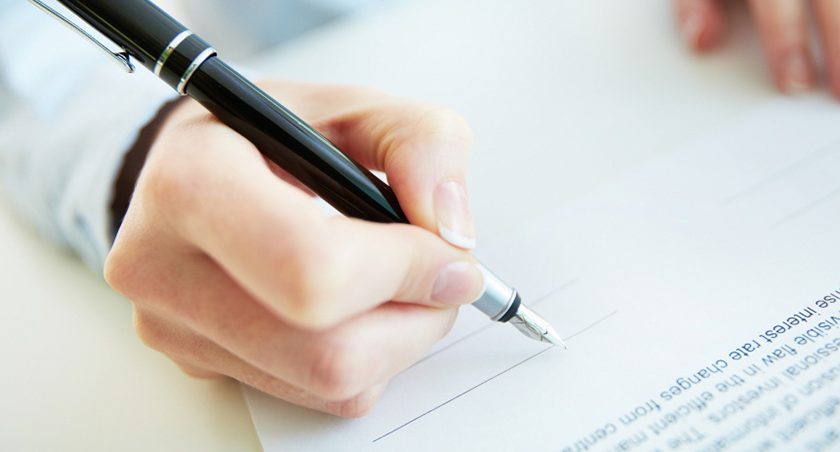Cover letters, grant essays, research and academic papers, press releases, news reports, corporate emails, and other official documents — sooner or later, you will need to compose one of these formal documents.
Does the very thought of formal writing make you feel nervous? If so, don’t worry! The following tips will help you compose both yourself and the necessary document.
What Is Formal Writing?
What qualifies as formal writing? It is defined as anything written for an audience whom you don’t know on a personal level. You’ll need to engage in formal writing at work, in academic settings, and when completing government and legal documents.
What if you need to know how to write a letter of notice, a request for a recommendation letter, a thank-you, or any other type of business letter to someone you know? Are they not formal, even though you are acquainted with the recipient? Yes, these correspondences should be considered formal. Write objectively, respectfully, and ceremoniously even if you know the person well.
The Do’s and Don’ts of Formal Writing
Formal writing differs from informal writing in several key ways. You can use the following as a checklist to make sure your writing fits the formal style.
When writing formally, you DON’T
- Use first or second-person pronouns, such as “I,” “me,” “you,” or “we.”
- Include extended greetings or unnecessary information.
- Use slang, emojis, or speak in an overly familiar manner.
- Use incomplete sentences.
When writing formally, DO
- Write in the third-person perspective.
- Convey meaning in each phrase.
- Exude respect.
- Structure your document following accepted conventions.
- Replace personal pronouns with terms such as “one,” “the reader,” or “the author.”
- Re-read and proofread your document to avoid spelling, grammatical, or typographical mistakes.
Formal Writing Formats
So far, we’ve considered when and how to write formal content. But how will you know what format to use?
Much formal writing takes the form of a business letter. Generally, no matter the subject, such letters are formatted as follows.
- Sender’s address (street address, city, state, and zip code)
- Date
- Recipient’s address
- Salutation (title and last name followed by a colon)
- Letter body
- Closing (“Thank you,” or “Sincerely,”)
- Signature
Today, many formal communications may be made by email rather than postal mail. In this case, a few adjustments are made, as follows.
- Subject line (a concise and accurate description of the email topic, including dates and times if relevant)
- Salutation (title and last name followed by a colon)
- Email body
- Closing
- Signature block with contact information
There are, of course, formal documents that are not letters. In these cases, the recipient of the document will likely outline the format for you. For example, an essay for a grant application or scholarship may come with instructions on whether a title page is needed, where the page should be numbered, and what should be included in headers and footers.
Academic and research materials often follow a widely accepted standard in the field. For example, psychology, sociology, education, nursing, and other social sciences rely on APA style, while the humanities and other disciplines use MLA style. You can consult the respective style manuals for details on accepted grammar and document formatting.

Face Your Fears—Write!
Now that we’ve covered all the basics, you can sit down at your computer and churn out a beautiful formal document, right? If you’re still feeling trepidation, it’s time to face your fears. How?
The best way to do so is to just start writing. Don’t worry about the format yet. Think about what information you need to convey in your document or letter. Type them as they come to mind; don’t worry about form or format just yet. Focus on getting your ideas flowing.
Next, flesh out your ideas into complete sentences and paragraphs. Rearrange the order of ideas as needed, and delete those that aren’t necessary.
If you’re still having trouble, plug your information into an AI tool such as ChatGPT or Google Bard. The text generators can help you envision new ways of phrasing what you need to say.
Then, go through the checklists above and consult your style guide or formatting requirements. Re-read it and use a proofreading aid like Grammarly to correct any errors. Formalizing your formal document in these ways is the last step—you now have a formal document that you can submit with confidence.
Key Takeaways
Formal writing can be intimidating because you know the recipient has certain expectations, but creating formal documents is not beyond your abilities. Familiarize yourself with the do’s and don’ts of formal writing, as well as the accepted formats in your field. When it’s time to write, let your ideas flow. Write them down, and then focus on formatting. Formal writing is nothing to be afraid of. You’ll feel confident in your official communications when you apply the tips above.













